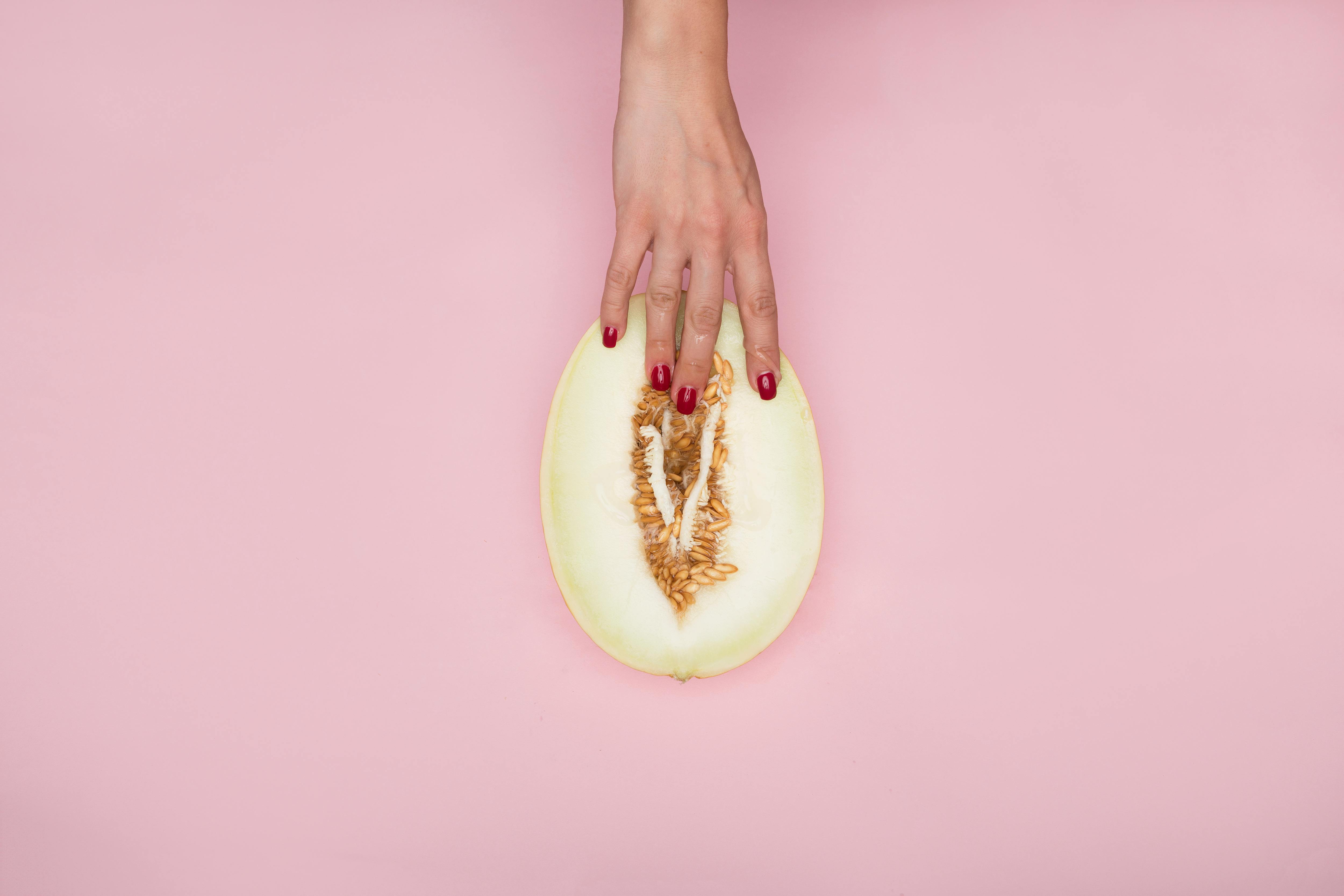Vagina, Vulva, Uterus, Cervix

- Vagina
- one, specific part of the female reproductive system. It is a muscular tube that runs from the vulva to the cervix.
- Measures around 3 inches in length and less than one inch in diameter. Stretches to become several inches lover and many inches wider during sexual intercourse and childbirth.
- It doesn’t “fart” (LOL) - queefing is just trapped air being released from the vaginal canal
- Vulva
- The outer part of the female genitals. Includes: labia majora (outer lips) & minora (inner lips), clitoris, vaginal opening, urethra opening
- The Vulva is NOT the vagina! Very common misconception.
- Vulvas come in all shapes and sizes. No 2 vulvas look the same but are made up of the same parts. Celebrate diversity!
- The part of the clitoris (located at the top of the vulva) that we can see on the vulva is only the tip. It continues internally and can be as long as 5 inches. It also has over 8,000 nerve endings! That’s double the nerve endings found in the penis.
- Uterus
- Aka womb. Hollow, pear-shaped organ of female reproductive system located between bladder and rectum.
- Main function is to nourish the developing fetus prior to birth. Home of fetus development and growth.
- Has a muscular outer layer called the myometrium and an inner lining called the endometrium (moist mucous membrane). Endometrium changes thickening during the menstrual cycle and is thickest during ovulation. Also produces secretions to help keep egg and sperm cells alive.
- Has 4 major regions: fundus (broad curved upper area that connects to fallopian tubes), body (main part of uterus), isthmus (lower, narrow neck region), cervix (lowest section, extends downward from isthmus until opens into vagina)
- Cervix
- Lowest region of uterus. Attaches uterus to vagina. Provides passage between vaginal and uterine cavities.
- 4 centimeters (1.6 inches) long and projects 2 centimeters into upper vaginal cavity
- Endocervical canal: cavity running length of cervix. Transports sperm into uterine cavity, allows escape of blood from uterus during menstruation, and supplies mucus (thick lubricating protein) to female reproductive tract
- Stretches greatly during childbirth
- Afflictions include: chronic inflammation, laceration and hemorrhaging during childbirth, malignant and benign tumors, infectious veneral diseases

